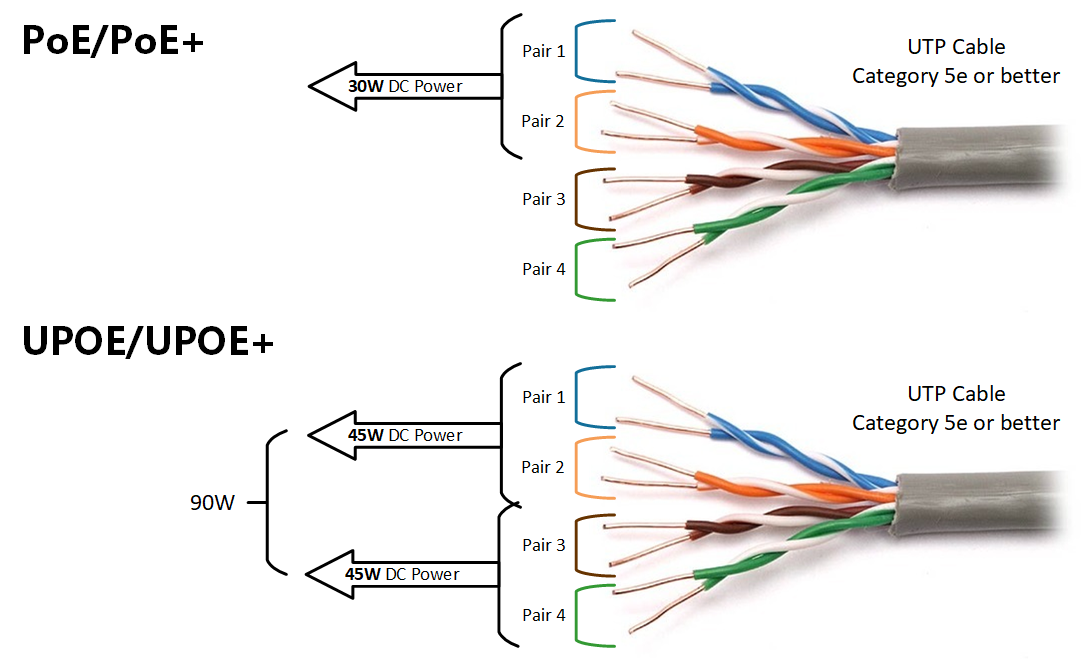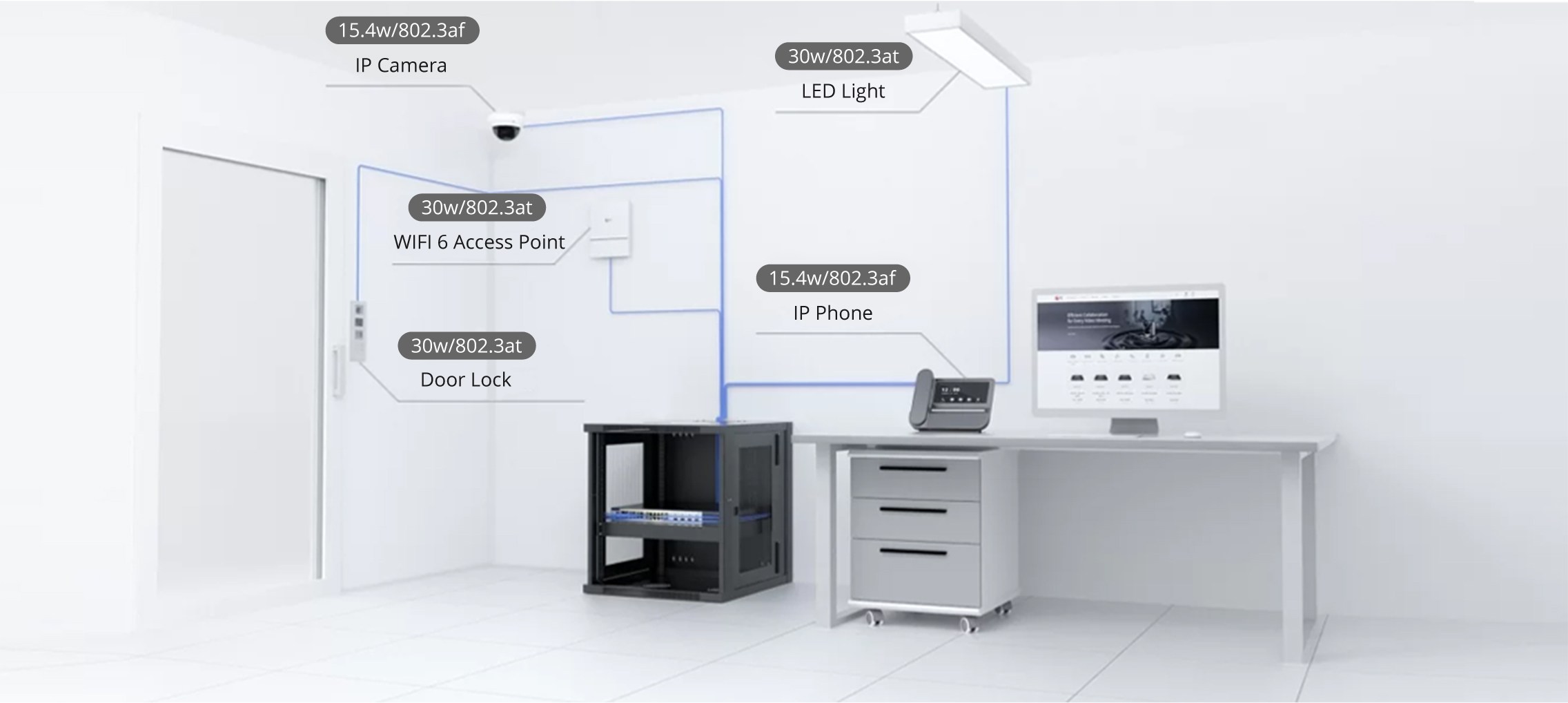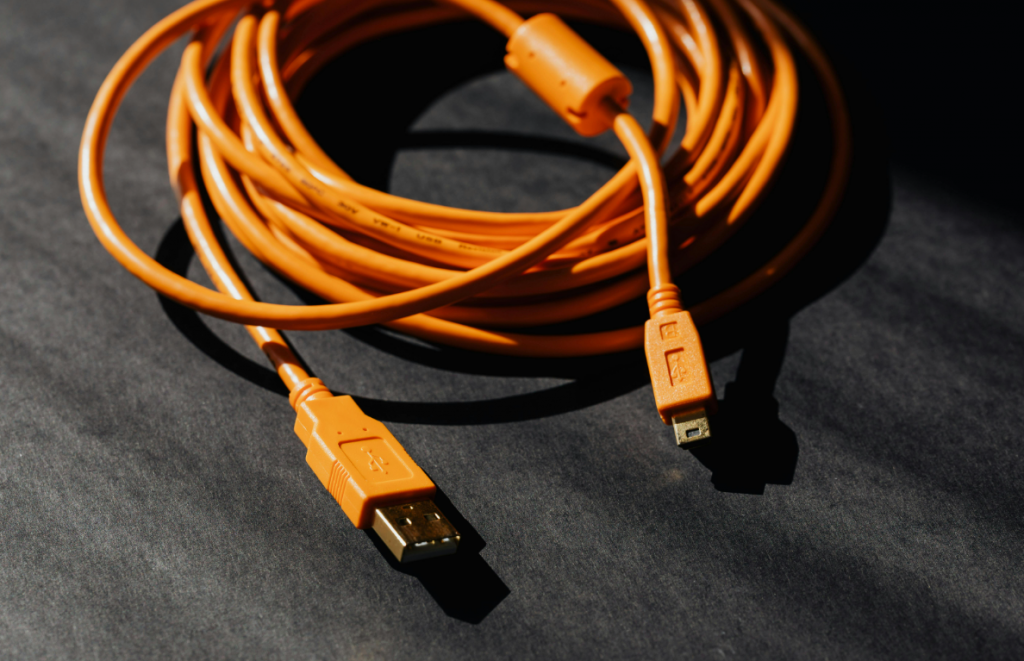
































IP addresses are like opinions... everyone has one. But not every IP address is created equal. Some IP addresses are dynamic, which means they automatically change, based on router settings.
Also: Static vs. dynamic IP addresses: Why you need to know the difference
Sometimes dynamic addresses cause issues. What about if you have a computer on your network with a directory (or multiple directories) shared with other machines? Or maybe you have a printer connected to a computer to which you always need access? Suppose the network share or printer is associated with a computer assigned a dynamic IP address. In that case, you might find yourself in a situation where you have to reconnect with the newly assigned IP address.
That's where static IP addresses come in. You set them manually, so they never change. But we must address some nuances and caveats with static IP addresses.
Let's say you have an IP address scheme of 192.168.1.1 that's assigned, dynamically, by your router. You might want to give a computer with an associated share the address 192.168.1.101. But what if that address is already taken? Or what if your router assigns the same address to another machine after you've configured it manually? When that happens, you get IP address conflicts.
Also: How to change your IP address, why you'd want to - and when you shouldn't
To get around that issue, you must know how to configure your router so that it is limited to, say, 192.168.1.1 to 192.168.1.100 for dynamic address assignments. You could then assign any IP address above .100 to any machine on your network -- without worrying about conflicts.
The second issue is configuring a static IP address is different for every operating system on your network. The gist of the setup is the same:
Some operating systems might also require you to stop and start networking before the changes start.
Also: The best VPN services of 2024
Here's the information you must have to configure a static IP address:
Another nuance is important to understand. Some IP addresses are available to the outside world, while others are only accessible to the inside world. Remember, the address translated by DNS for google.com, 64.233.185.101? That's an external IP address. The 192.168.1.101 address? That's internal.
Also: Do you need antivirus on Linux?
A router (or modem) typically has two networking interfaces -- one for external and one for internal. The external interface is assigned an external (aka public) address, which is discoverable by the outside world. The internal interface (aka private) is what your machines connect to. Those internal machines send data to the internal interface, which is then routed through the external interface, where it can find websites, servers, and services.
RFC 1918 allows for the following private address ranges (which can be either static or dynamic):
All public IP addresses (which are all static) belong to one of the following ranges:
Our example of google.com (64.233.185.101) falls between the 11.0.0.0 to 100.63.255.255 range. You can find the public IP address for many domains by issuing a command like:
ping google.com
One nifty trick for locating your network's public IP address is to open your web browser and go to ipaddress.com, where you'll see your public IP address displayed and your location and internet provider.
As mentioned earlier, you must consider the caveats before you make a change to a static address. But if you've taken care of those things and are ready to change, you can follow the directions I outlined in my article, 'How to change your IP address, why you'd want to - and when you shouldn't'. You'll find directions for most operating systems in that article.
Just remember to keep in mind IP address conflicts before you change that IP address from manual to static, otherwise trouble might occur.
Also: What are passkeys? Experience the life-changing magic of going passwordless
And that's the gist of static IP addresses. Unless you have a computer or device on your network that must always have the same IP address (so it's easily found), you shouldn't bother with static IP addresses. But if you need to assign a computer an address, you'll now have a good idea of what they are and how they work.
 Hot Tags :
Home & Office
Hot Tags :
Home & Office